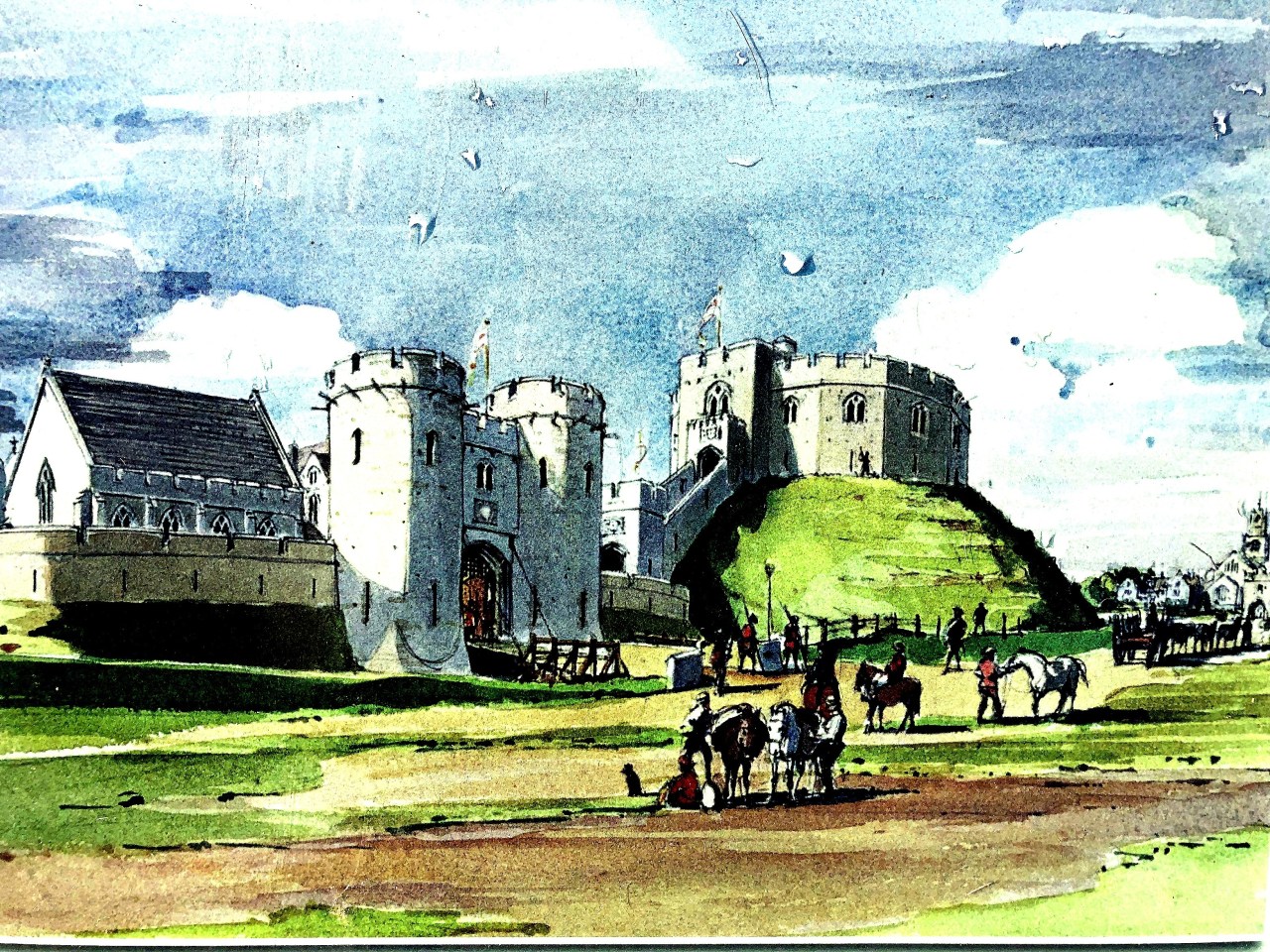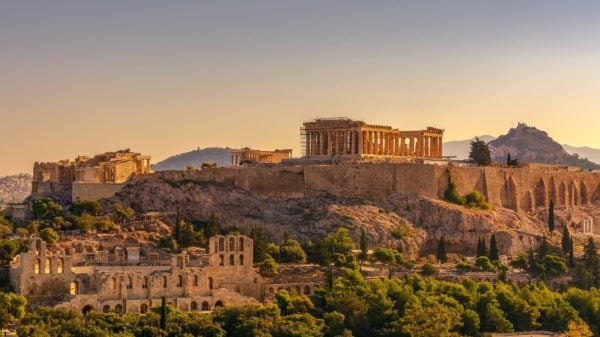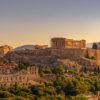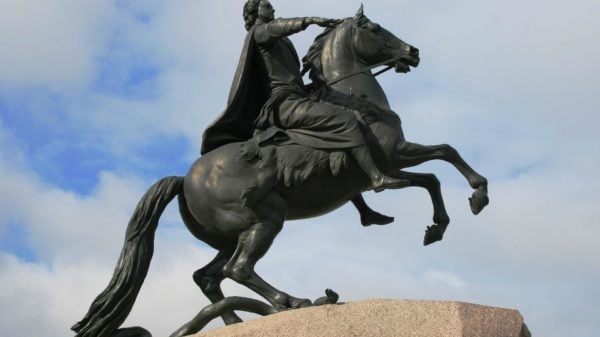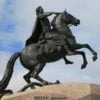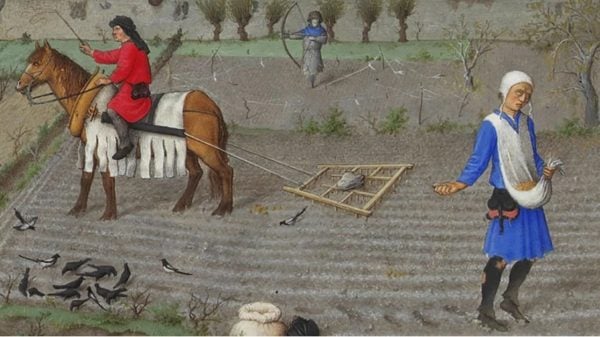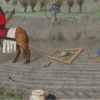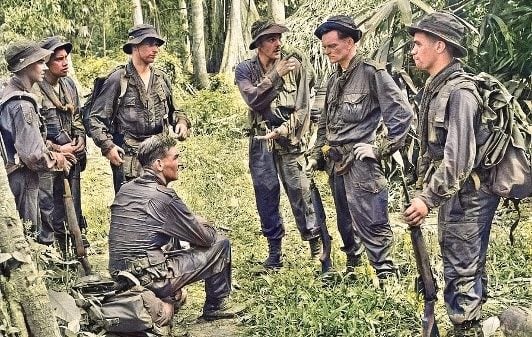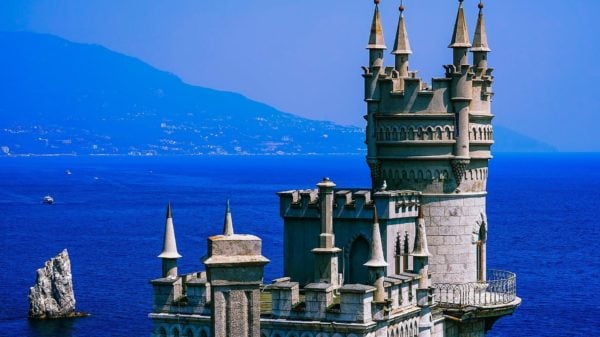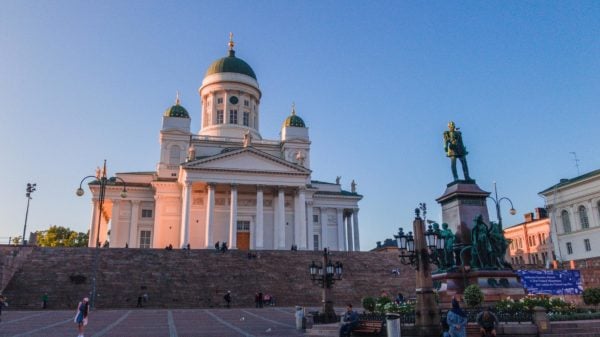Tudor fanatics will always remember the Fotheringhay Castle as the place where one of the most popular Scottish monarchs was imprisoned and executed. Located in the town called Oundle in Northamptonshire, England, the Norman architecture-style motte-and-bailey castle was the last place where Mary, Queen of Scots, stayed before her execution.
But before the castle turned into a royal prison, the Fotheringhay Castle was used as a place for the nobility during its early years.
The History Of The Fotheringhay Castle
Reports claimed that the property was given by William the Conqueror to his niece, Judith of Lens. The ownership was inherited by her and Waltheof, Earl of Northumbria’s eldest daughter, Maud. She married Simon de Senlis in 1090. During their marriage, Simon de Senlis became the Earl of Huntingdon and founded the Fotheringham Castle on the northern port of River Nene in 1100.
Simon passed away in 1113, prompting King Henry I of England to arrange Maud’s marriage to his brother-in-law, Prince David of Scotland. Because of their marriage, David earned the Fotheringhay Castle’s ownership and his wife’s other properties in Huntingdonshire. Since he eventually became the King of Scotland, the castle’s ownership was passed on to various Scottish princes until the 13th century.
Scotland temporarily lost its ownership from 1212 to 1215, when English King John confiscated most baronial castles in the country. Later on, he returned it to David, Earl of Huntingdon, the property owner at that time.
The ownership of the Fotheringham Castle went back and forth between the English and Scottish noblemen. In 1415, the property was passed on to Richard, the 3rd Duke of York. The father of English kings Edward IV and Richard III consider the place his favorite among all his properties. It also became the residence of Edward IV’s wife, Elizabeth Woodville.
The palace also stood as a witness to a treaty between Alexander Stewart, Duke of Albany, and Edward IV to unseat his brother King James III in the Scottish Throne.
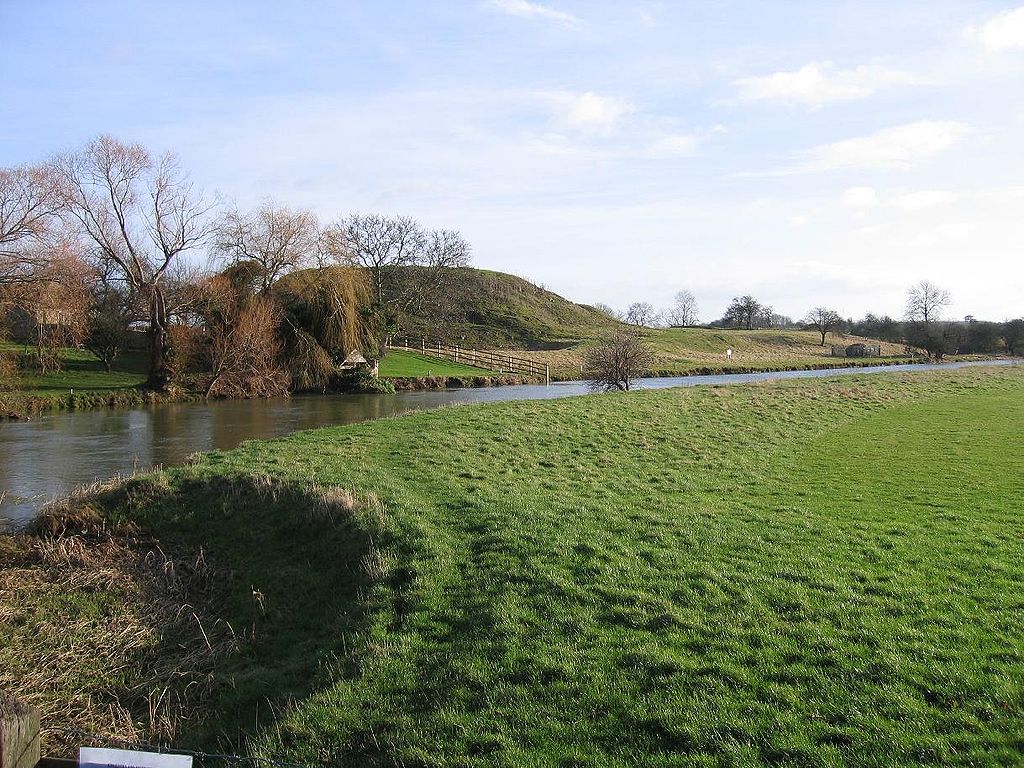
The remaining motte on the former site of the historic Fotheringhay Castle in Northamptonshire, England.
Fotheringhay Castle’s Role In Mary, Queen of Scots’ Last Years
Mary Stuart, the Scottish queen between December 1542 to July 1567, was charged with plotting to kill her cousin, Queen Elizabeth I of England, in 1586. She was transferred to the Fotheringham Castle, where she was imprisoned and placed on trial. She was found guilty and sentenced to death by execution in 1587.
The fiery Scottish monarch was beheaded on a scaffold located at the castle’s great hall in February.
Fotheringhay Castle Today
Despite its historical significance, the English government allowed the castle to deteriorate and lie to ruins. It was demolished in 1635, 50 years after Mary, Queen of Scots’ historic execution.
Today, the remains of the castle have been declared as a Scheduled Monument. Pilgrims can still see the masonry remains of the castle at the spot where it once stood. The public can visit the area during the day, where they can also marvel at the Nene valley’s beauty and its surrounding areas before the night falls.


